Rayson Laroca
Toward Advancing License Plate Super-Resolution in Real-World Scenarios: A Dataset and Benchmark
May 09, 2025Abstract:Recent advancements in super-resolution for License Plate Recognition (LPR) have sought to address challenges posed by low-resolution (LR) and degraded images in surveillance, traffic monitoring, and forensic applications. However, existing studies have relied on private datasets and simplistic degradation models. To address this gap, we introduce UFPR-SR-Plates, a novel dataset containing 10,000 tracks with 100,000 paired low and high-resolution license plate images captured under real-world conditions. We establish a benchmark using multiple sequential LR and high-resolution (HR) images per vehicle -- five of each -- and two state-of-the-art models for super-resolution of license plates. We also investigate three fusion strategies to evaluate how combining predictions from a leading Optical Character Recognition (OCR) model for multiple super-resolved license plates enhances overall performance. Our findings demonstrate that super-resolution significantly boosts LPR performance, with further improvements observed when applying majority vote-based fusion techniques. Specifically, the Layout-Aware and Character-Driven Network (LCDNet) model combined with the Majority Vote by Character Position (MVCP) strategy led to the highest recognition rates, increasing from 1.7% with low-resolution images to 31.1% with super-resolution, and up to 44.7% when combining OCR outputs from five super-resolved images. These findings underscore the critical role of super-resolution and temporal information in enhancing LPR accuracy under real-world, adverse conditions. The proposed dataset is publicly available to support further research and can be accessed at: https://valfride.github.io/nascimento2024toward/
Improving Small Drone Detection Through Multi-Scale Processing and Data Augmentation
Apr 27, 2025Abstract:Detecting small drones, often indistinguishable from birds, is crucial for modern surveillance. This work introduces a drone detection methodology built upon the medium-sized YOLOv11 object detection model. To enhance its performance on small targets, we implemented a multi-scale approach in which the input image is processed both as a whole and in segmented parts, with subsequent prediction aggregation. We also utilized a copy-paste data augmentation technique to enrich the training dataset with diverse drone and bird examples. Finally, we implemented a post-processing technique that leverages frame-to-frame consistency to mitigate missed detections. The proposed approach attained a top-3 ranking in the 8th WOSDETC Drone-vsBird Detection Grand Challenge, held at the 2025 International Joint Conference on Neural Networks (IJCNN), showcasing its capability to detect drones in complex environments effectively.
Enhancing License Plate Super-Resolution: A Layout-Aware and Character-Driven Approach
Aug 27, 2024



Abstract:Despite significant advancements in License Plate Recognition (LPR) through deep learning, most improvements rely on high-resolution images with clear characters. This scenario does not reflect real-world conditions where traffic surveillance often captures low-resolution and blurry images. Under these conditions, characters tend to blend with the background or neighboring characters, making accurate LPR challenging. To address this issue, we introduce a novel loss function, Layout and Character Oriented Focal Loss (LCOFL), which considers factors such as resolution, texture, and structural details, as well as the performance of the LPR task itself. We enhance character feature learning using deformable convolutions and shared weights in an attention module and employ a GAN-based training approach with an Optical Character Recognition (OCR) model as the discriminator to guide the super-resolution process. Our experimental results show significant improvements in character reconstruction quality, outperforming two state-of-the-art methods in both quantitative and qualitative measures. Our code is publicly available at https://github.com/valfride/lpsr-lacd
Multi-Feature Aggregation in Diffusion Models for Enhanced Face Super-Resolution
Aug 27, 2024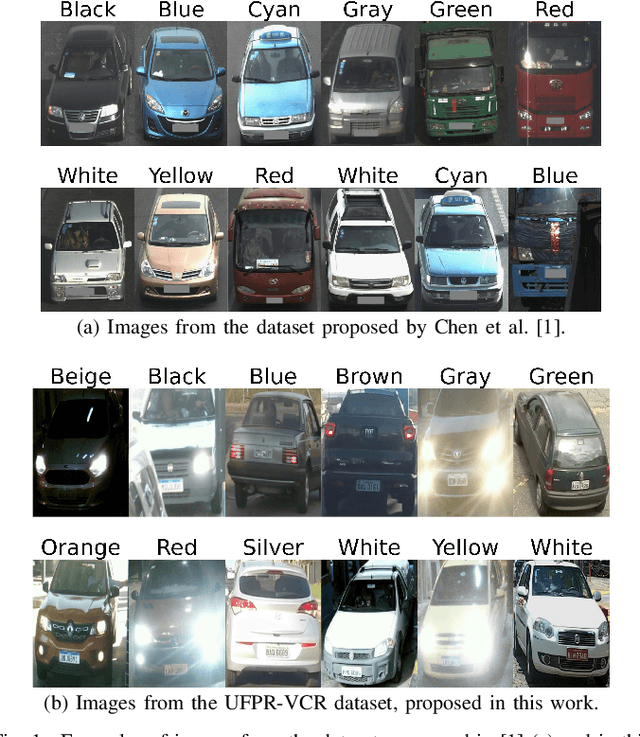
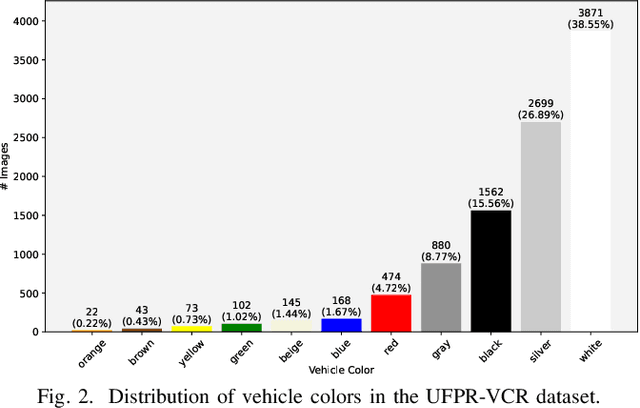


Abstract:Super-resolution algorithms often struggle with images from surveillance environments due to adverse conditions such as unknown degradation, variations in pose, irregular illumination, and occlusions. However, acquiring multiple images, even of low quality, is possible with surveillance cameras. In this work, we develop an algorithm based on diffusion models that utilize a low-resolution image combined with features extracted from multiple low-quality images to generate a super-resolved image while minimizing distortions in the individual's identity. Unlike other algorithms, our approach recovers facial features without explicitly providing attribute information or without the need to calculate a gradient of a function during the reconstruction process. To the best of our knowledge, this is the first time multi-features combined with low-resolution images are used as conditioners to generate more reliable super-resolution images using stochastic differential equations. The FFHQ dataset was employed for training, resulting in state-of-the-art performance in facial recognition and verification metrics when evaluated on the CelebA and Quis-Campi datasets. Our code is publicly available at https://github.com/marcelowds/fasr
Toward Enhancing Vehicle Color Recognition in Adverse Conditions: A Dataset and Benchmark
Aug 21, 2024



Abstract:Vehicle information recognition is crucial in various practical domains, particularly in criminal investigations. Vehicle Color Recognition (VCR) has garnered significant research interest because color is a visually distinguishable attribute of vehicles and is less affected by partial occlusion and changes in viewpoint. Despite the success of existing methods for this task, the relatively low complexity of the datasets used in the literature has been largely overlooked. This research addresses this gap by compiling a new dataset representing a more challenging VCR scenario. The images - sourced from six license plate recognition datasets - are categorized into eleven colors, and their annotations were validated using official vehicle registration information. We evaluate the performance of four deep learning models on a widely adopted dataset and our proposed dataset to establish a benchmark. The results demonstrate that our dataset poses greater difficulty for the tested models and highlights scenarios that require further exploration in VCR. Remarkably, nighttime scenes account for a significant portion of the errors made by the best-performing model. This research provides a foundation for future studies on VCR, while also offering valuable insights for the field of fine-grained vehicle classification.
Leveraging Model Fusion for Improved License Plate Recognition
Sep 08, 2023Abstract:License Plate Recognition (LPR) plays a critical role in various applications, such as toll collection, parking management, and traffic law enforcement. Although LPR has witnessed significant advancements through the development of deep learning, there has been a noticeable lack of studies exploring the potential improvements in results by fusing the outputs from multiple recognition models. This research aims to fill this gap by investigating the combination of up to 12 different models using straightforward approaches, such as selecting the most confident prediction or employing majority vote-based strategies. Our experiments encompass a wide range of datasets, revealing substantial benefits of fusion approaches in both intra- and cross-dataset setups. Essentially, fusing multiple models reduces considerably the likelihood of obtaining subpar performance on a particular dataset/scenario. We also found that combining models based on their speed is an appealing approach. Specifically, for applications where the recognition task can tolerate some additional time, though not excessively, an effective strategy is to combine 4-6 models. These models may not be the most accurate individually, but their fusion strikes an optimal balance between accuracy and speed.
Super-Resolution of License Plate Images Using Attention Modules and Sub-Pixel Convolution Layers
May 27, 2023

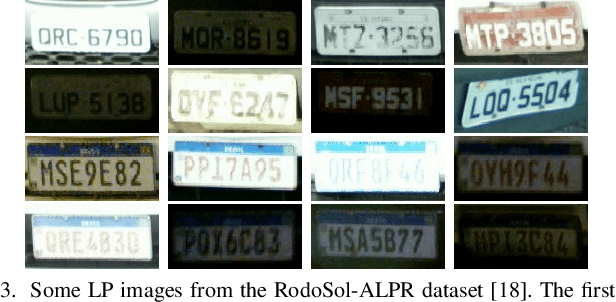
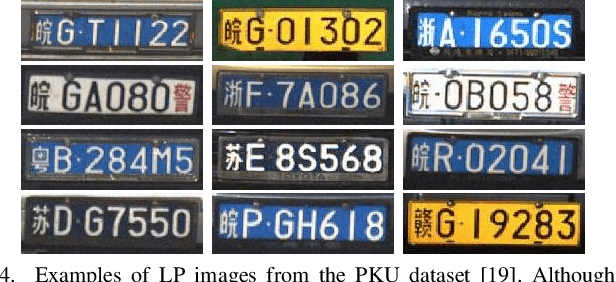
Abstract:Recent years have seen significant developments in the field of License Plate Recognition (LPR) through the integration of deep learning techniques and the increasing availability of training data. Nevertheless, reconstructing license plates (LPs) from low-resolution (LR) surveillance footage remains challenging. To address this issue, we introduce a Single-Image Super-Resolution (SISR) approach that integrates attention and transformer modules to enhance the detection of structural and textural features in LR images. Our approach incorporates sub-pixel convolution layers (also known as PixelShuffle) and a loss function that uses an Optical Character Recognition (OCR) model for feature extraction. We trained the proposed architecture on synthetic images created by applying heavy Gaussian noise to high-resolution LP images from two public datasets, followed by bicubic downsampling. As a result, the generated images have a Structural Similarity Index Measure (SSIM) of less than 0.10. Our results show that our approach for reconstructing these low-resolution synthesized images outperforms existing ones in both quantitative and qualitative measures. Our code is publicly available at https://github.com/valfride/lpr-rsr-ext/
Do We Train on Test Data? The Impact of Near-Duplicates on License Plate Recognition
Apr 10, 2023Abstract:This work draws attention to the large fraction of near-duplicates in the training and test sets of datasets widely adopted in License Plate Recognition (LPR) research. These duplicates refer to images that, although different, show the same license plate. Our experiments, conducted on the two most popular datasets in the field, show a substantial decrease in recognition rate when six well-known models are trained and tested under fair splits, that is, in the absence of duplicates in the training and test sets. Moreover, in one of the datasets, the ranking of models changed considerably when they were trained and tested under duplicate-free splits. These findings suggest that such duplicates have significantly biased the evaluation and development of deep learning-based models for LPR. The list of near-duplicates we have found and proposals for fair splits are publicly available for further research at https://raysonlaroca.github.io/supp/lpr-train-on-test/
DACov: A Deeper Analysis of Data Augmentation on the Computed Tomography Segmentation Problem
Mar 10, 2023Abstract:Due to the COVID-19 global pandemic, computer-assisted diagnoses of medical images have gained much attention, and robust methods of semantic segmentation of Computed Tomography (CT) images have become highly desirable. In this work, we present a deeper analysis of how data augmentation techniques improve segmentation performance on this problem. We evaluate 20 traditional augmentation techniques on five public datasets. Six different probabilities of applying each augmentation technique on an image were evaluated. We also assess a different training methodology where the training subsets are combined into a single larger set. All networks were evaluated through a 5-fold cross-validation strategy, resulting in over 4,600 experiments. We also propose a novel data augmentation technique based on Generative Adversarial Networks (GANs) to create new healthy and unhealthy lung CT images, evaluating four variations of our approach with the same six probabilities of the traditional methods. Our findings show that GAN-based techniques and spatial-level transformations are the most promising for improving the learning of deep models on this problem, with the StarGANv2 + F with a probability of 0.3 achieving the highest F-score value on the Ricord1a dataset in the unified training strategy. Our code is publicly available at https://github.com/VRI-UFPR/DACov2022
Combining Attention Module and Pixel Shuffle for License Plate Super-Resolution
Oct 30, 2022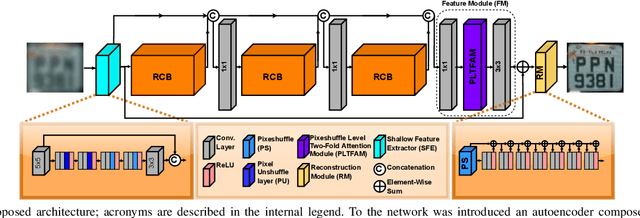
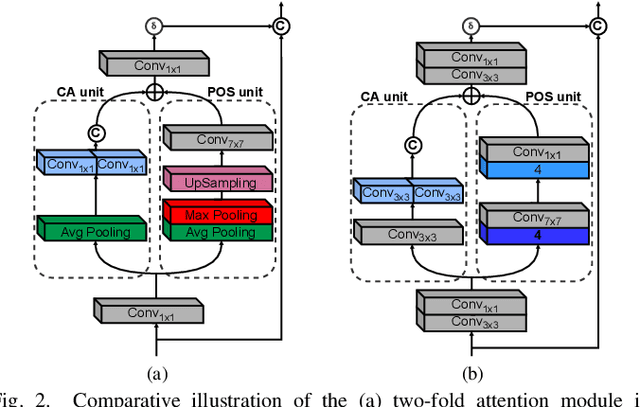
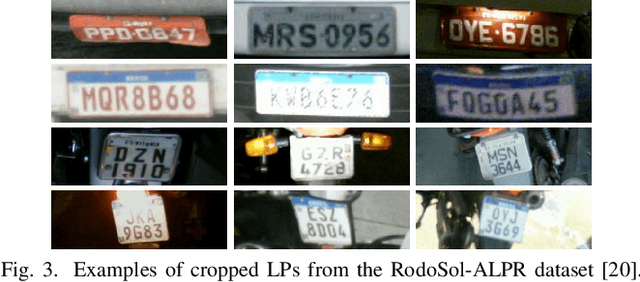
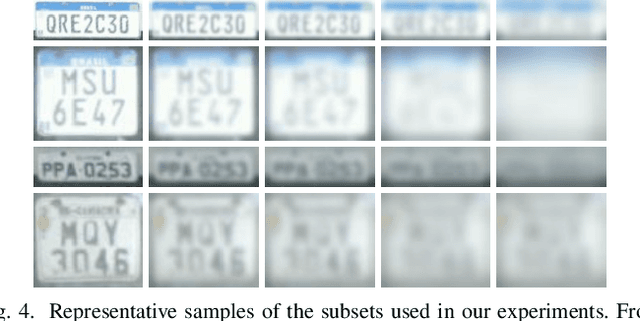
Abstract:The License Plate Recognition (LPR) field has made impressive advances in the last decade due to novel deep learning approaches combined with the increased availability of training data. However, it still has some open issues, especially when the data come from low-resolution (LR) and low-quality images/videos, as in surveillance systems. This work focuses on license plate (LP) reconstruction in LR and low-quality images. We present a Single-Image Super-Resolution (SISR) approach that extends the attention/transformer module concept by exploiting the capabilities of PixelShuffle layers and that has an improved loss function based on LPR predictions. For training the proposed architecture, we use synthetic images generated by applying heavy Gaussian noise in terms of Structural Similarity Index Measure (SSIM) to the original high-resolution (HR) images. In our experiments, the proposed method outperformed the baselines both quantitatively and qualitatively. The datasets we created for this work are publicly available to the research community at https://github.com/valfride/lpr-rsr/
 Add to Chrome
Add to Chrome Add to Firefox
Add to Firefox Add to Edge
Add to Edge